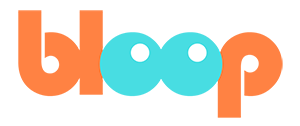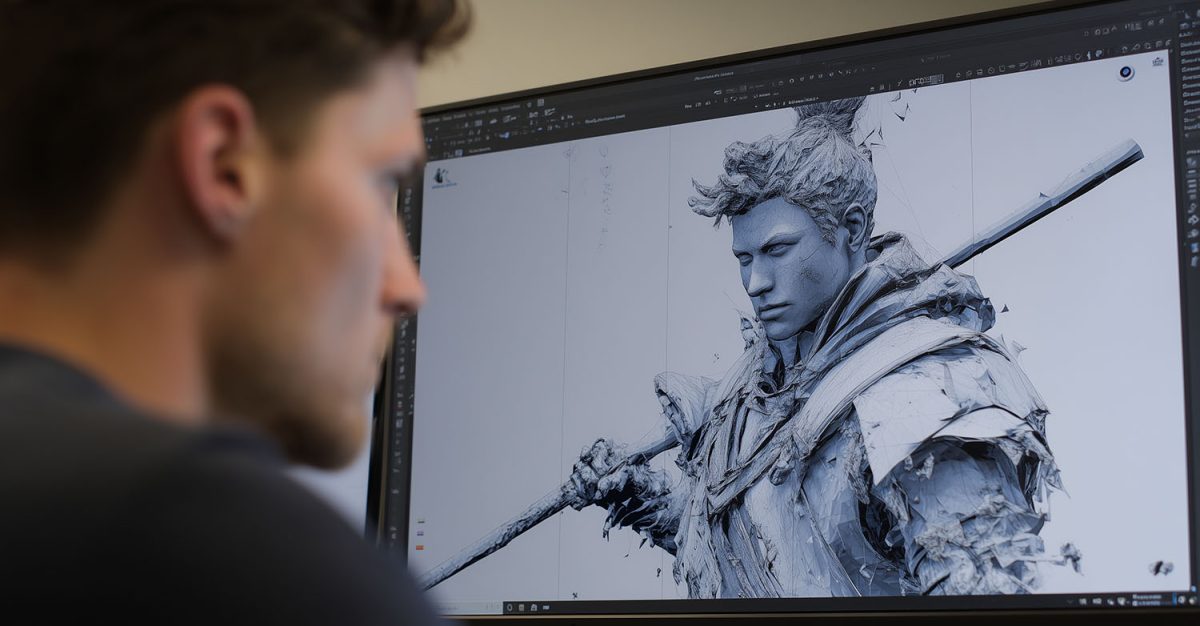In the world of animation, there are countless software options each with different strengths of their own and particular use cases where one might have an advantage over another.
Whether you’re a newcomer to animation or looking to branch out in your selection of animation software, we decided to take a look at some of the top choices for creating animation!
Blender
Blender is one of the most popular animation platforms out there, and for good reason.
Its suite of animation features is robots and versatile, complete with complex rigging capabilities and skinning. Its animation tools include an action editor to manage reusable action animations, a dope sheet for managing keyframing and timing, and a very nice graph editor that allows for intricate control of keyframe interpolation and animation curves.
Of particular interest to all those hybrid animators out there, or those looking to start hybrid animation projects, is Blender’s Grease Pencil tool. It enables 2D animation within 3D spaces, and while it can be considered difficult to master, it’s an invaluable tool for animators looking to earn some attention with their hybrid animation projects.
Best of all? Blender is free and open-source, giving new animators and veterans looking for a new platform a low barrier to entry.
If you’re ready to take the leap with Blender, consider checking out our Blender Animation course.
Toon Boom Harmony
Toon Boom Harmony is one of the most well-known animation tools out there, reputed for its ability to help animators craft a wide range of animations.
It’s notable for its rich set of features supporting 2D animation, making it a fantastic choice for animated films and commercials. It’s popular for TV animated series, with some notable shows making use of Toon Boom Harmony. Considered by many to be the gold standard when it comes to TV animation production, we can see why! There are countless modern animated series are built using Toon Boom Harmony.
As far as learning Toon Boom Harmony goes, it can be a little tricky to get started with. Learning to use it for simple frame-by-frame animation is intuitive and can be accomplished in no time, but learning the animation software deeply enough to leverage its robust feature set is a bit more time-consuming.
Autodesk Maya
Autodesk Maya is considered to be an industry-standard animation software and a really solid all-around choice for your animation needs.
For animators out there looking to work within the industry professionally, Maya might be the go-to software choice. It’s used by studios all over the world, including some giants of animation like Disney. It has a deep feature set that’s perfect for 3D animation, modeling, and simulation, and it can help produce high-quality animations, environments, and characters.
Much like the other animation software we’ve discussed, Maya can be challenging to learn, especially if you’re new to the world of 3D animation and modeling. If you’re coming from another animation software, you should have an easier time learning Maya, though as with any platform, it might take a little time to get used to its specific features and interface.
If Maya sounds like the tool for you, we have a Maya Animation course specifically designed to help beginners and experienced animators seeking to learn new animation software.
Adobe After Effects
After Effects is likely a familiar name to many, as it’s one of the most commonly used animation software in the industry and for its placement in the Adobe family of products.
Overall, After Effects is a very deep, mature program with a swathe of features to offer animators. Because of the sheer depth of its feature set, After Effects can be used to make practically anything to a high degree of quality in the animation world. Because of its range of features, it can be difficult to master, but taking time to understand its core components can help understand the more advanced aspects of it a bit easier. It’s an approach we encourage, and have detailed in a previous blog post about keyframing and the graph editor in After Effects.
As an animation software, it’s a fantastic tool for accomplishing most things, but it can excel in crafting engaging motion graphics. Its strength in this regard lies in its compositing features, which allow for smooth transitions between animations. Motion graphics are commonly seen in explainer videos and commercials, so if these are the kind of projects you’re looking to work on, Adobe After Effects is a fantastic choice.
Animador de Personagens Adobe
For something slightly different, it’s worth considering spending some time with Adobe Character Animator.
Uniquely, Character Animator allows for input directly from cameras and microphones for performance capture. This can save tons of time in animating sequences, as the performance capture aspect effectively automatically does this. As far as animation software goes, this is a unique feature that gives Character Animator a lot of appeal.
Because of this distinct feature, Character Animator is especially suited to creating dialogue scenes, so if this is something you want to refine your skills in or explore more, there are few better animation software choices than Character Animator for this specific purpose.
Additionally, the performance capture can be integrated into VR and AR sequences, adding another notch in the belt for Character Animator.

